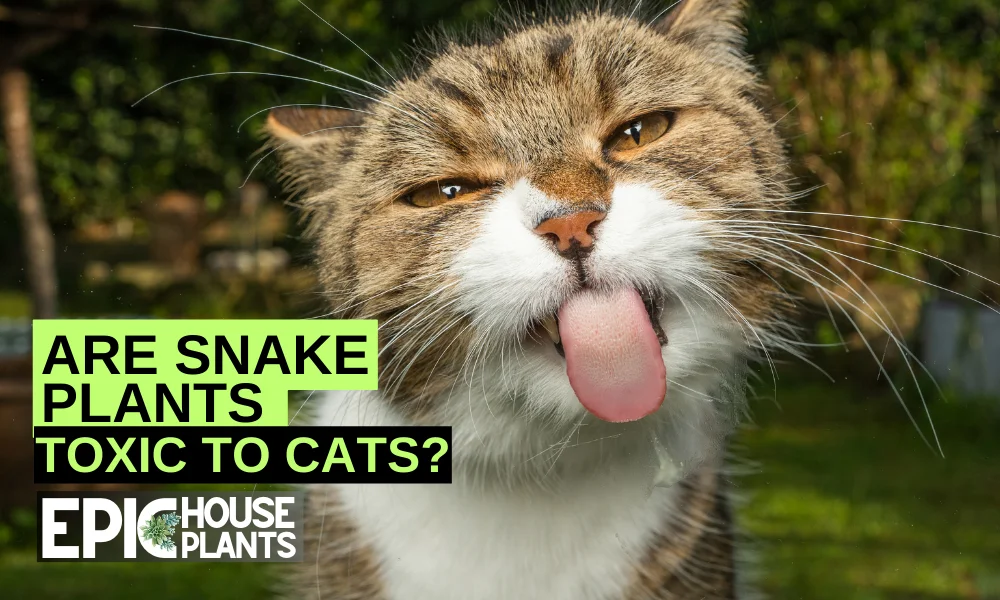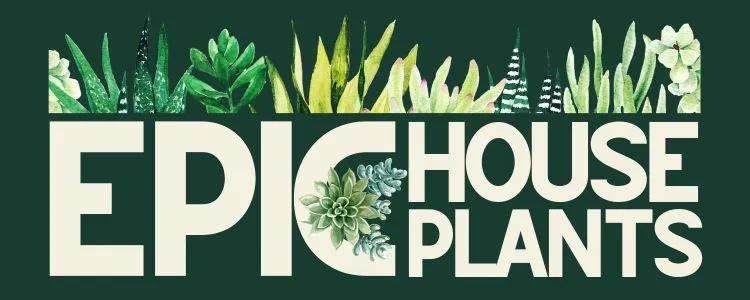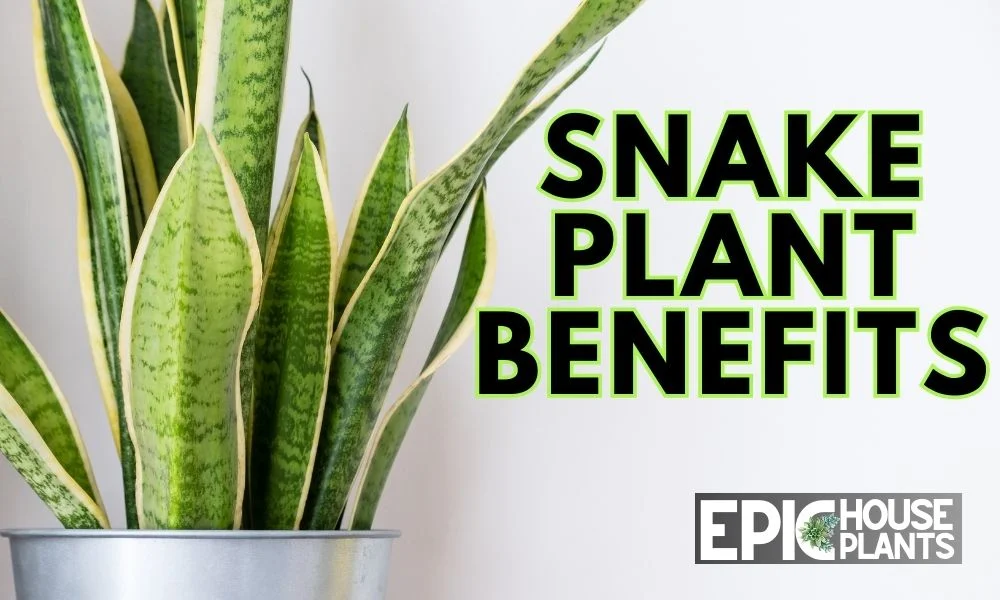If you’re an avid cat lover and plant enthusiast, there’s one question that pet owners frequently ask: Are snake plants toxic to cats?
The answer, unfortunately, is yes. Snake plants are indeed toxic to our feline friends, as well as our canine companions.
This raises further questions about the degree of toxicity, its effects, and the symptoms if a cat consumes a snake plant. Let’s delve deeper into these topics.

Understanding the Toxicity of Snake Plants to Cats
According to the American Society for the Prevention of Cruelty to Animals (ASPCA), the snake plant, scientifically known as Sansevieria trifasciata, falls under the list of toxic plants for cats and other pets. But what exactly makes these plants toxic?
Tips:
Every part of the snake plant is toxic, including its leaves, rhizomes, roots, flowers, and fruits. They contain saponins, toxic chemicals that serve as a plant’s defense mechanism against insect, fungal, and bacterial pathogens. The ingestion of these saponins is what causes toxicity in cats.
To dive deeper into the complexities of plant toxicity, check out this informative article on plant chemicals.
What Happens If My Cat Ingests a Snake Plant?
While snake plants are toxic to cats, the level of harm they can cause depends on the amount ingested. When ingested in small amounts, snake plants aren’t generally harmful.
Most animals do not return for a second bite, as the plant is bitter in taste and results in an immediate burning sensation in the mouth.
However, if the toxin is ingested in high quantities, it can cause gastrointestinal side effects. While the mildly toxic snake plants are not potent enough to cause death, they can cause discomfort and distress to your cat.
Author Note:
If your cat does nibble on the leaves of a snake plant, it usually takes 2 to 3 days for them to fully recover and get back to their usual shenanigans. Regardless, it’s still a good idea to contact your veterinarian as soon as possible.
💡Also Read: For more information on the potential drawbacks of snake plants, you may find this article on the 8 Disadvantages of the Ever-Popular Snake Plant enlightening.
Symptoms of Snake Plant Poisoning in Cats
If your cat has ingested a snake plant, it’s important to be aware of the potential symptoms of poisoning. These can include:
The table below provides a simple and straightforward explanation of the various symptoms a cat may experience if it has ingested parts of a snake plant.
| Symptoms | Description |
|---|---|
| Vomiting | This is one of the first signs you may observe if your cat has ingested a snake plant. The cat may start throwing up, which is the body’s way of getting rid of the toxic substances. |
| Nausea | Your cat might appear unwell and show signs of discomfort or restlessness due to the feeling of sickness. |
| Diarrhea | The ingestion of the toxic saponins from the snake plant may disrupt your cat’s digestive system, causing loose, watery stools. |
| Drooling | Excessive salivation or drooling can be an early sign of snake plant poisoning. This can be a result of the bitter taste of the plant or an indication of oral irritation. |
| Loss of Appetite | The cat might lose interest in food due to the uncomfortable sensations in the stomach or mouth. |
| Swollen Mouth and Throat | The toxic substances in the snake plant can cause an allergic reaction, leading to swelling of the mouth and throat in susceptible individuals1. |
| Abdominal Pain or Discomfort | The cat may exhibit signs of pain or discomfort such as pacing, restlessness, or changes in body posture. This might indicate that the cat is experiencing abdominal pain. |
| Muscle Tremors | In severe cases, the cat may display muscle tremors or shaking, which may be a sign of a more serious reaction to the toxin. |
Author Note:
These symptoms could indicate snake plant poisoning, and if you observe these in your cat, you should seek veterinary help immediately. The severity of these symptoms may vary depending on the amount of plant ingested and your cat’s individual health.
What to Do if Your Cat Has Eaten a Snake Plant

Remove Plant Material
The first thing you need to do is to remove any visible plant material from your cat’s fur and skin. This step will prevent your cat from ingesting more of the plant material while grooming.
Wash Your Cat
It might be necessary to wash your cat with warm water and a small amount of non-irritating dish soap. This step can help remove any residual plant material from their fur and skin, and potentially reduce further absorption of toxins.
Call Your Vet
The most crucial step is to call your vet immediately. Time is of the essence. The quicker you get your cat to the vet, the better their chances of recovery. Your vet will examine your cat to determine the necessary steps to be taken.
In case of an emergency, the ASPCA Animal Poison Control Center (APCC) can provide immediate, expert assistance.
If you suspect your pet has ingested a potentially poisonous substance, call (888) 426-4435. Remember, a consultation fee may apply
How to Prevent Your Cat from Eating Snake Plants?
The best strategy for cat owners to keep their feline friends safe is to make snake plants inaccessible to them. Here are some practical tips.
Put the Plant Out of Reach
The best way to prevent your cat from eating your snake plant is to place it in an area that is off-limits to the cat. This could mean moving the plant to a higher location using a stand or an isolated shelf. This could create a challenge for your cat to reach the plant, decreasing the chances of ingestion.
Deter Your Cat with Aluminum Foil
You can also try covering up the soil with aluminum foil or placing the foil underneath the plant. Cats dislike the texture, reflective feature, and sound of the foil, deterring them from approaching the plant.
Use Cat Repellent
A cat repellent that contains essential oils like lemon eucalyptus can help keep your cat away from the plant. Applying a weak vinegar solution to the leaves can also deter cats without harming the plant.
Author Note: Proceed With Caution When Using Eucalyptus!
Eucalyptus poses significant hazards to cats in numerous forms. Exposure to eucalyptus plants can elicit a range of symptoms in felines from nausea and vomiting to seizures.
Equally dangerous are the dried bundles and essential oils of eucalyptus, which can lead to severe, even fatal complications. The main culprit of these health risks is eucalyptol, a potent compound present in the eucalyptus plant.
So, if you decide to use eucalyptus as a cat deterrent in any form, it is crucial to ensure that your pet cannot access it, particularly avoiding any contact with its paws or mouth.
Provide Alternatives
If your cat enjoys chewing on leafy things, you can provide a safer alternative. Cat grass is safe for cats to chew on and even provides some beneficial nutrients and fiber.
Offering other forms of cerebral stimulation, such as catnip toys, can also distract them from your snake plant.
💡Also Read: If you’re a dog owner as well, you might also be interested in reading our article on Are Snake Plants Toxic to Dogs?, as the toxicity of snake plants is not limited to cats.
Safe Alternatives to Snake Plants for Cats
Being a plant enthusiast and a cat owner can sometimes be challenging. While snake plants are popular for their easy maintenance and incredible benefits, their toxicity to cats makes them less than ideal for cat owners.
But worry not! There are many cat-friendly alternatives that you can consider.
Spider Plant
Spider plants are not only safe for cats but also act as air purifiers, improving the quality of air in your home. They are easy to grow and can thrive in a wide range of conditions. These plants have arching leaves that might be fun for your cat to play with and are non-toxic when chewed or ingested.
Bamboo Palm
Another excellent cat-friendly plant is the Bamboo Palm. Known for their lush foliage, these plants are perfect for bringing a touch of the tropics into your home. They can also act as natural air purifiers, removing toxins from the environment. Moreover, they pose no threat to your feline friends.
Boston Fern
Boston Ferns are a popular choice for households with pets. Their vibrant green fronds create a lovely visual appeal, and they can thrive in indirect light with ample humidity. Like the Bamboo Palm, they also help purify the air around them.
Other Safe Options
Several other plants are safe for cats. African Violets, for instance, are a colorful addition to your houseplant collection and completely safe for your cats.
Chinese Money Plants are known for their unique, pancake-shaped leaves, while Burro’s Tail brings an interesting texture with its thick, plump leaves.
Lastly, Hoya Carnosa, also known as the wax plant, is known for its waxy, almond-shaped leaves and beautiful star-shaped flowers. All of these are non-toxic options for a cat-friendly indoor garden.
Toxic Plants for Cats Based on ASPCA Lists
While having indoor plants can bring many benefits, as a responsible pet owner, it is crucial to be aware of the plants that pose a threat to your cats. Here are a few plants listed by the ASPCA as toxic to cats.
Sago Palms
Sago Palms are extremely toxic to cats. Ingestion of any part of the plant can cause severe symptoms such as vomiting, diarrhea, seizures, liver failure, or even death.
Asparagus Fern
Contrary to its name, the Asparagus Fern is not a true fern and is harmful to cats. Its toxic sap can cause skin irritation, while ingestion can lead to vomiting, diarrhea, and abdominal pain.
Other Toxic Plants
Monstera, often referred to as Swiss cheese plant due to its distinct leaves, is unfortunately toxic to cats. Similarly, Aloe Vera, despite its numerous health benefits for humans, can cause vomiting and diarrhea in cats.
Other common houseplants like Amaryllis, Sweetheart Ivy, and Dieffenbachia are also harmful to cats and should be kept out of their reach.
In conclusion, while plants can contribute significantly to your home decor and provide various health benefits, it’s important to ensure that your plant choices are safe for your furry companions.
The lists provided by the ASPCA can be an excellent resource in choosing cat-friendly plants and avoiding those that are toxic.
💡Also Read: Discover the lifespan of snake plants and factors contributing to their longevity. Learn how to care for these durable houseplants, and explore tips to accelerate their growth.
Author

Pudji Haryanto
Pudji Haryanto is a writer and urban farmer with a passion for cultivating plants. He has over 15 years of experience in agriculture and currently manages a 65,000 square foot rice-field and yard filled with various plants, including vegetables, spices, flowers, and garden plants.

